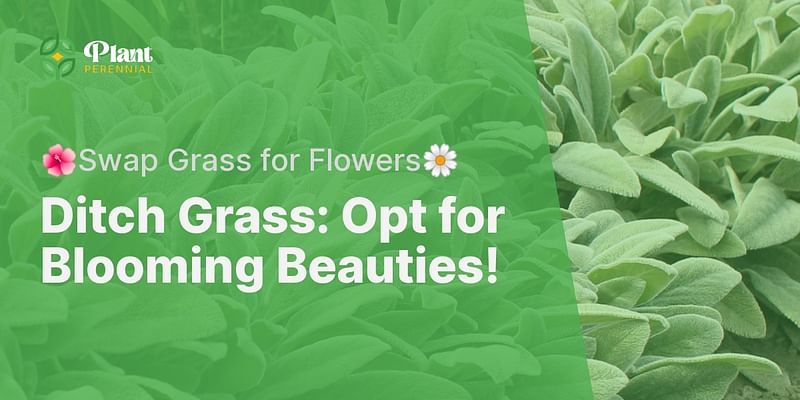Vaughn is a seasoned horticulturist boasting a comprehensive education in botany. His career spans a myriad of roles in renowned botanical gardens and nurseries, earning him extensive expertise in perennial plants. When not immersed in his plant-filled world, Vaughn indulges in birdwatching and nurturing his photography skills.
Absolutely! Planting perennials or annuals instead of grass in your garden is a fantastic way to add color, texture, and variety to your outdoor space. Not only will it create a visually stunning garden, but it can also reduce the amount of time and effort required for lawn maintenance.
Perennials are plants that live for multiple years, often coming back stronger and more beautiful each season. They offer a long-lasting solution and can be the backbone of your garden. Some popular perennial options include daylilies, coneflowers, hostas, and lavender. These plants provide a reliable and low-maintenance option, as they require minimal care once established.
On the other hand, annuals are plants that complete their life cycle within one year. They typically bloom for a single season, but they offer an explosion of vibrant colors and unique textures. Annuals are perfect for adding seasonal interest and can be easily changed each year to suit your preferences. Some popular annual options include petunias, marigolds, zinnias, and impatiens.
When deciding between perennials and annuals, consider your gardening goals and preferences. Perennials are a great choice if you want a garden that requires less maintenance and provides year-round beauty. They are an investment in your garden's future, as they will continue to thrive and bloom for many years. Annuals, on the other hand, offer the opportunity to experiment with different colors and styles each year. They are perfect for those who enjoy change and want to refresh their garden annually.
To create a successful garden with perennials or annuals, consider the following tips:
1. Plan your garden layout: Determine the size and shape of your garden beds, taking into account the amount of sunlight and soil conditions. This will help you choose the right plants for each area.
2. Choose a variety of plants: Mix different types of perennials or annuals to create a diverse and visually appealing garden. Consider plants with different heights, colors, and bloom times to ensure continuous interest throughout the seasons.
3. Consider the growing conditions: Select plants that are suitable for your climate, soil type, and sun exposure. This will ensure that your plants thrive and require minimal maintenance.
4. Prepare the soil: Before planting, prepare the soil by removing any weeds or grass and adding organic matter such as compost or aged manure. This will provide a nutrient-rich environment for your plants to grow.
5. Plant and maintain: Follow the planting instructions for each plant, ensuring proper spacing and watering. Regularly weed, water, and fertilize your garden to promote healthy growth.
Remember, gardening is a creative and personal endeavor, so have fun experimenting with different combinations of perennials and annuals. With proper planning and care, you can create a stunning garden that will bring joy and beauty to your outdoor space for years to come.















